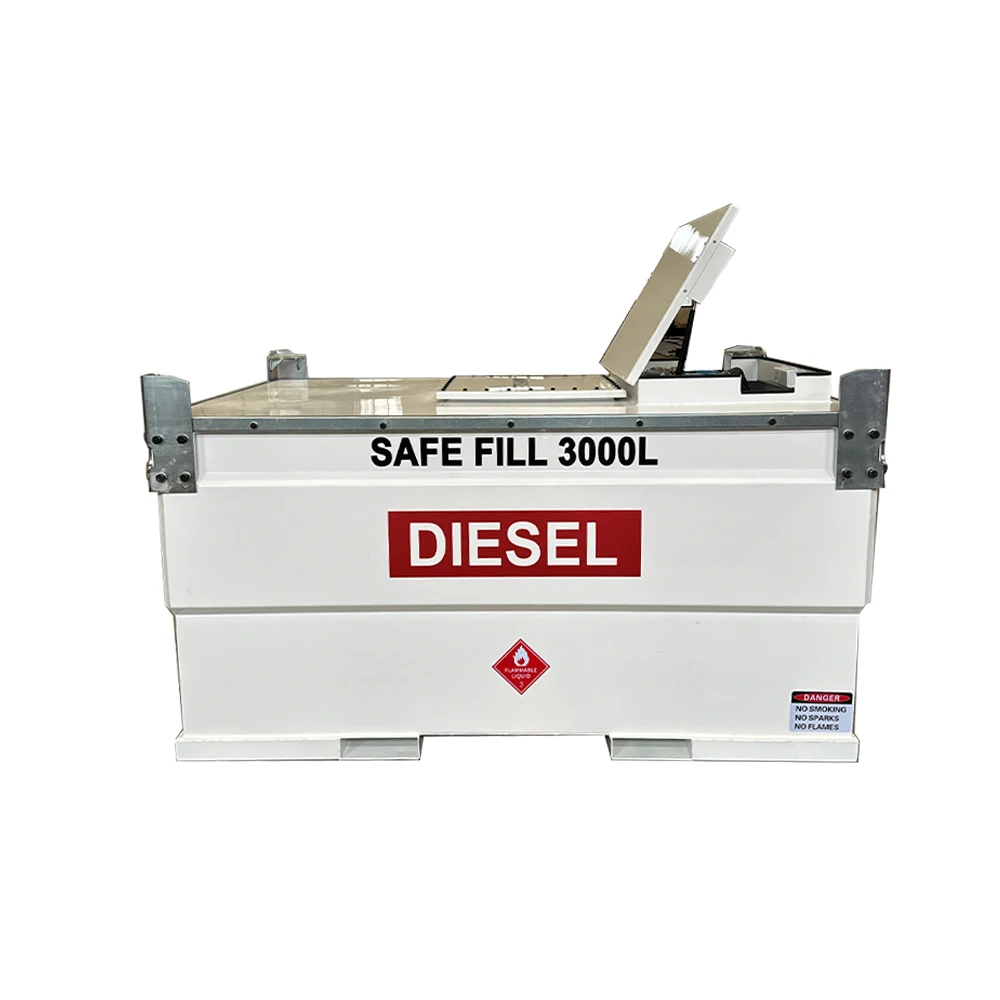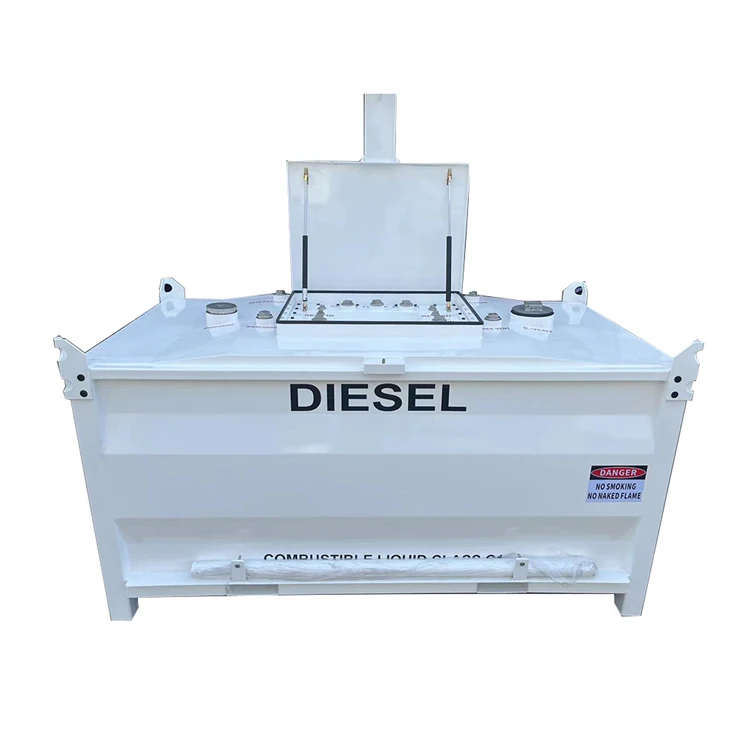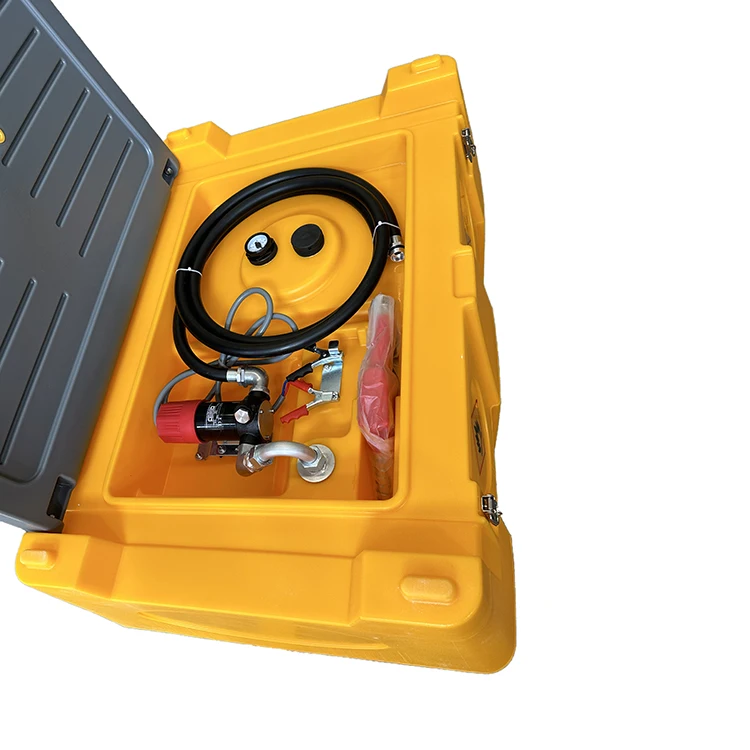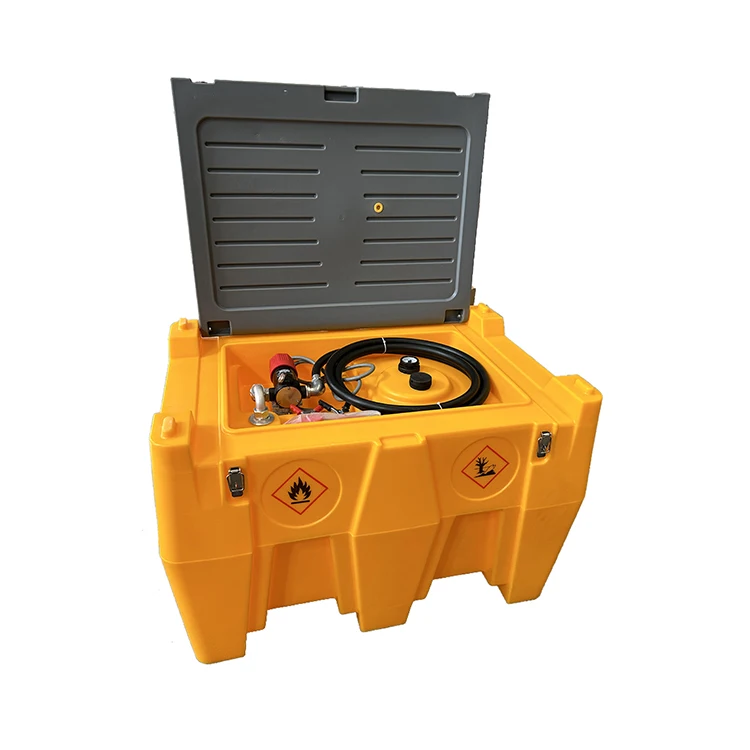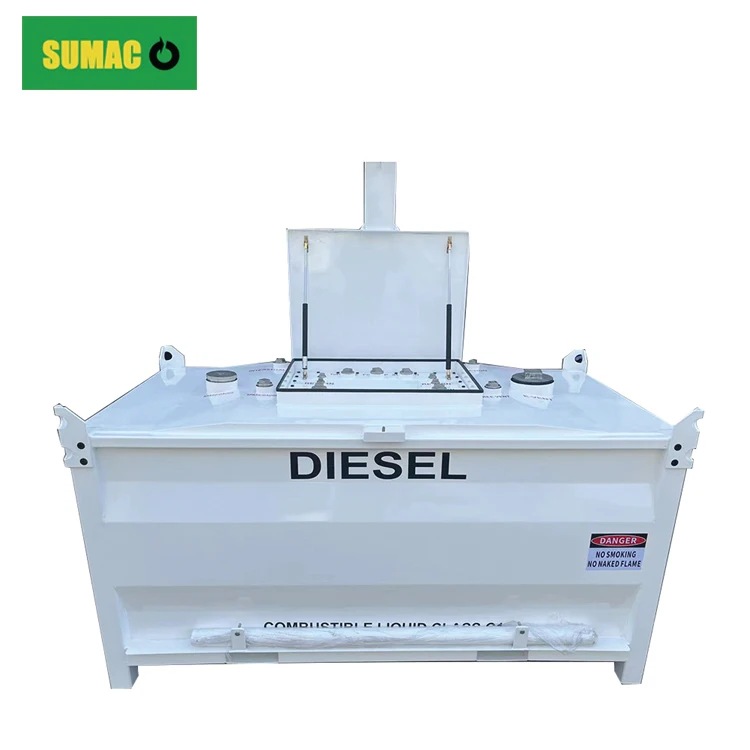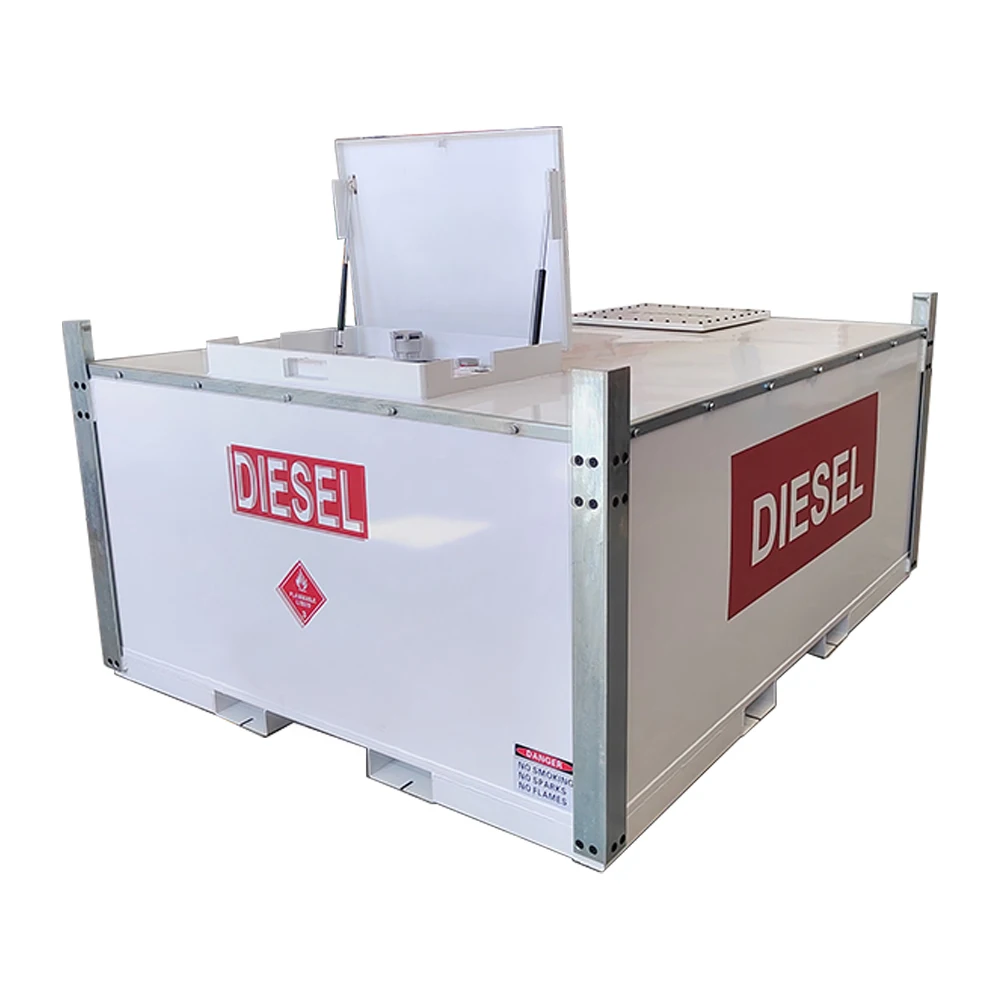Portable fuel dispenser with tank
Definition and basic structure
A portable fuel dispenser is a movable device used to extract fuel from a tank and accurately measure it and distribute it to other containers (such as automobile fuel tanks, fuel storage barrels, etc.). It has a tank, and the presence of the tank allows the device to work independently of the external fuel supply system to a certain extent.
Its structure usually includes a tank, a pump, a metering device, an outlet, a control panel and other parts. The tank is responsible for storing fuel, the pump is the power source for extracting and delivering fuel from the tank, the metering device is used to accurately measure the oil output, the outlet is the channel for fuel to flow out, and the control panel can be used to operate and set parameters such as the oil output.
Working principle
When the dispenser is started, the pump starts working. The pump generates suction and sucks the fuel in the tank through the pipeline. Then, the fuel passes through the metering device, which measures the oil output according to the preset oil output or in real time. Finally, the metered fuel is delivered to the target container through the outlet.
Applicable scenarios
Emergency refueling: In some emergency situations, such as when a vehicle runs out of fuel in the wild and there is no regular gas station nearby, a portable fuel dispenser can use the fuel it carries to provide the vehicle with the necessary fuel, so that the vehicle can drive to the nearest gas station for regular refueling.
Small workplaces: For some small construction sites, agricultural work sites, etc., portable fuel dispensers can be used to conveniently refuel various fuel equipment (such as small excavators, agricultural tractors, etc.) without relying on large fixed refueling facilities.
Refueling needs in remote areas: In remote mountainous areas, islands and other areas, there are few gas stations, and portable fuel dispensers can be used as a supplementary refueling method to meet the refueling needs of a small number of local vehicles or equipment.
Safety precautions
Fire and explosion prevention:
Due to the flammability of fuel, when using a portable fuel dispenser, the surrounding environment should be away from open flames and high temperature sources. For example, smoking or welding and other operations that generate open flames are not allowed near the refueling operation.
The equipment itself should have a good electrostatic discharge function to prevent fuel combustion or explosion caused by static electricity.
Leakage prevention:
Oil storage tanks and connecting pipes and other parts need to be checked regularly for leaks. Any small leak may cause fuel to overflow, which is not only wasteful but also a safety hazard.
Seals should be replaced regularly to ensure the tightness of the entire fuel delivery system.
Compliance:
The use of portable fuel dispensers requires compliance with relevant safety regulations and standards. For example, in some areas, specific licenses may be required to use such equipment, and the equipment itself needs to meet certain safety specifications.
https://www.sumachine.com/

Recommended Products
Hot News
-
Double wall portable diesel gasoline cube tank with pump sale for Mauritius
2024-11-11
-
Double Walled Portable Fuel TransferCube Tank Ship To Spain
2024-11-07
-
Shipping of portable aviation fuel tank with pump
2024-10-12
-
Carbon steel diesel fuel cube tank ship to USA
2024-11-14
-
Carbon steel cube tank with pump
2024-11-13
-
Fuel Transfer Tank Cube Stationary Double Walled Diesel Storage Tank Sale For Spain
2024-11-06
-
251 US Gallon 552 Gallon Fuel Cube Transfer Tank Sale For USA
2024-11-05
-
251-2000 Gallon Fuel Cube Transfer Tank Sale For Grenada
2024-11-01
-
552 Gallon portable fuel dispenser with tank sale for USA
2024-10-30
-
Mobile fuel tank with pump sale for Spain
2024-10-22
 EN
EN
 AR
AR
 BG
BG
 HR
HR
 CS
CS
 DA
DA
 NL
NL
 FI
FI
 FR
FR
 DE
DE
 EL
EL
 IT
IT
 JA
JA
 KO
KO
 NO
NO
 PL
PL
 PT
PT
 RO
RO
 RU
RU
 ES
ES
 SV
SV
 TL
TL
 ID
ID
 LT
LT
 SR
SR
 SK
SK
 SL
SL
 UK
UK
 VI
VI
 HU
HU
 TH
TH
 TR
TR
 MS
MS
 GA
GA
 IS
IS
 KA
KA
 HT
HT
 KK
KK
 UZ
UZ


